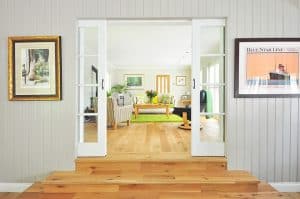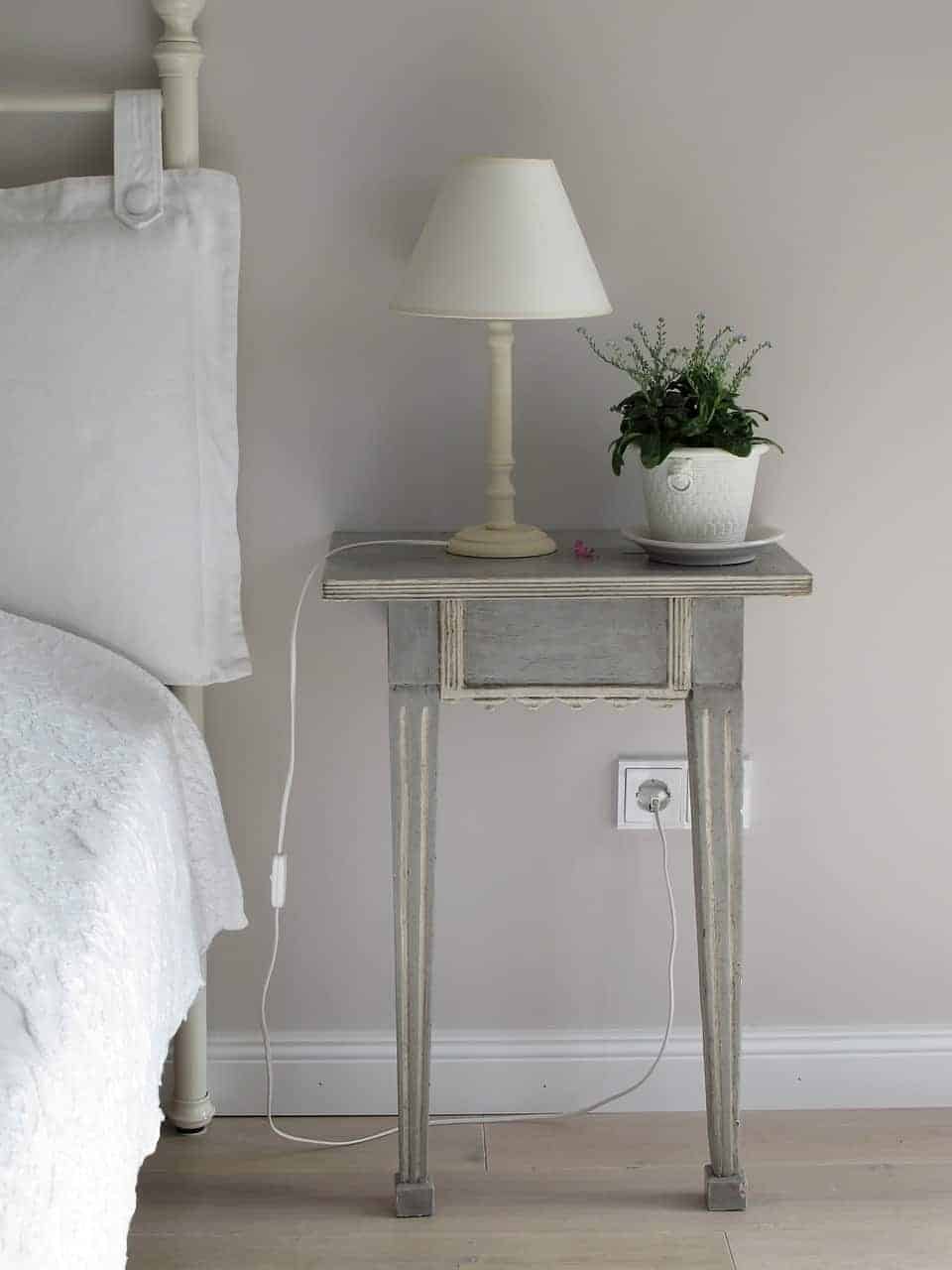Seven Steps to work space happiness
- Take stock of the existing arrangement. Does you work space happiness feel right? what’s going on at the moment? Is there a lot of clutter? Can you find your phone? What items do you use the most?
- If you haven’t had or given yourself a Work Station Assessment, I suggest taking the time and doing one.
- Sort everything (drawers included) and get the desk cleared. Use some space behind you to create piles of “like” items.
- Detox the space. Bin, recycle or rehome things that don’t belong. Rethink your collection of knick-knacks. Are they really bringing value or just adding distractions?
- Clean the surface of the desk. And get into the drawers.
- Using your computer as the prime real estate location, take the piles you’ve made from step 3 and clear a space next toy uor keyboard. Begin to position the things you use most as close as possible to the keyboard. Phone, notepaper and pens are usually the most used items so they should be within easy reach. Continuing further out, place items further away as they rank less and less in importance.
- Developing a new routine in order to maintain your newly organised desk space requires thought. When packing up for the day, sparing five to ten minutes to place things back in their “homes” ensures that a ready and supportive desk is there to greet you each morning.
Paperwork weeding
In initially organizing the space, one of the piles you collected will most likely be paperwork. So lets look at that now. The aim being to keep as few papers on the desk as possible.
Create three sub piles divided into three types of documents:
- Documents which need to be actioned
- Documents which are important but which require no immediate action
- Junk – shred or recycle it!
Once the original pile has been sorted into these three categories, turn your focus to the first group. What we’re looking to implement is a system that doesn’t allow for stacking ’till later’. A wire vertical file organiser is what I recommend as the tiered design lets you easily identify folders. Divide the papers into categories that makes sense to you and use terms that you regularly apply . Different coloured folders will further cement the system.
In an office
Divide your workstation into zones, using various sections of the desk to reflect and contain your various activities. This may mean that you have a zone where you take phone calls (note paper, pen and contact details), another for filing (in trays, files and folders), and a zone for research/reading.
Hot Desking
If your office environment utilizes ‘hot desking’, creating personal routines become of paramount importance.
First, allow at least 20 minutes to find and get settled at your new post. Make a basket or box (that suits your style) your hold-all and resist dumping everything things in at the end of the day. By having an end of day routine, you keep the things in your box orderly. This makes the next day easier and your brain gets into the habit of relaxing after work. Such a box will help streamline the start of the next day for when you go to your locker. It will simply be a matter of retrieving one item and getting on with finding your work space. Before starting work, take a moment to clean the space. Wipe down the desk and equipment and adjust the height of the chair and monitor for comfort.
Small Business
If you’re running your small business from home and don’t have the luxury of having a dedicated room for it, sectioning is your best bet. This could be achieved through the use of physical barriers, like screens. By having a specific area set up for your business with everything needed to conduct your work, you will be more productive. This sectioning helps trigger work ready habits and helps keep work and personal life balanced.
If space is tight, use a box or basket that you can unpack and pack up your work items, like your laptop. This helps create a routine and trigger the mental preparation for work to come.
At home
The home office is often fulfilling several functions . It’s sometimes a hobby room, a home admin center or a place for quiet study. Decide what purpose/s your desk at home is serving and ensure that it isn’t taken over by un-associated clutter. It can be tempting to use a study room and its desk surface as storage, but maintaining the prime purpose of the space is extremely important. It helps to establish zoning and boundaries.
Get started on your work space happiness! Don’t know how? Contact florandorder for an expert’s opinion.







